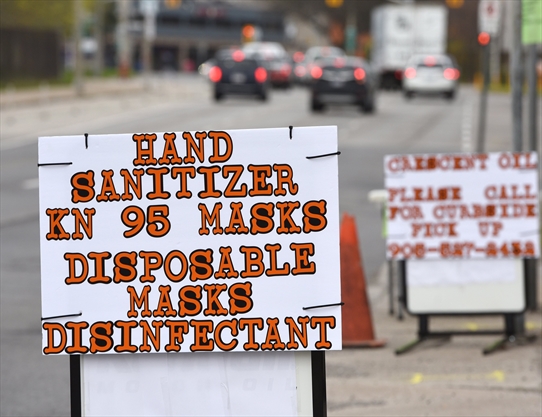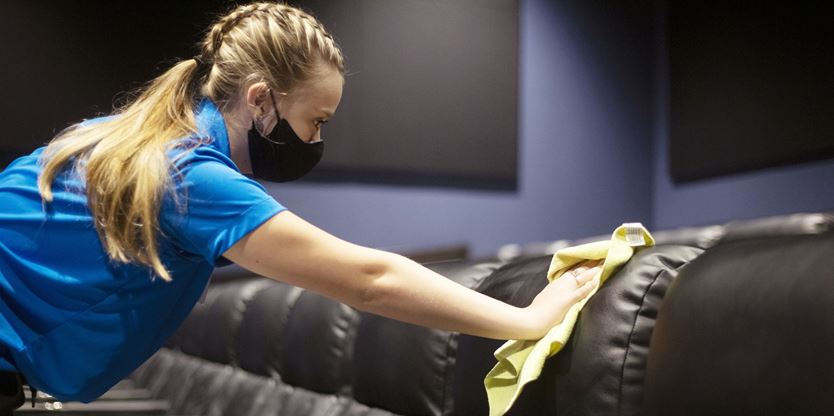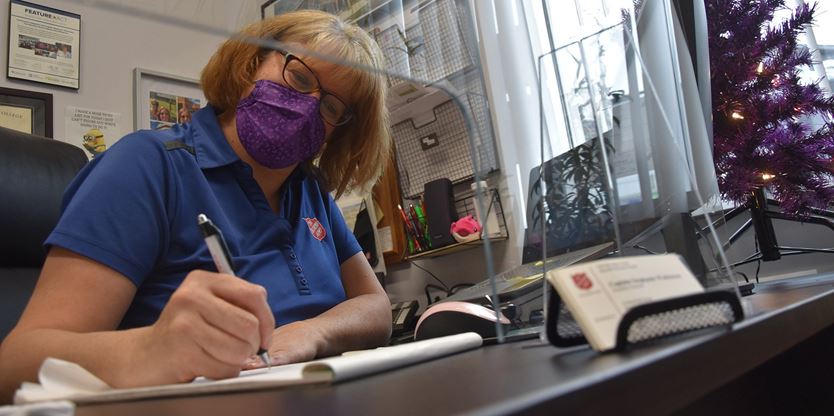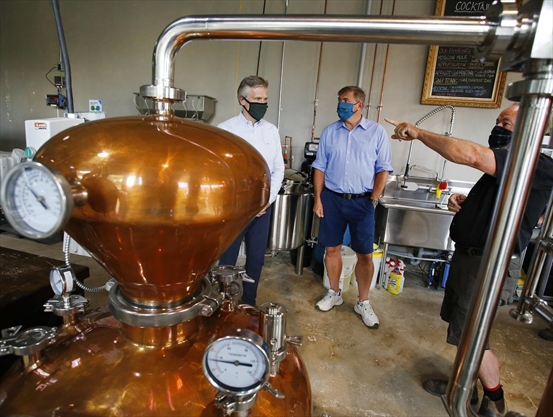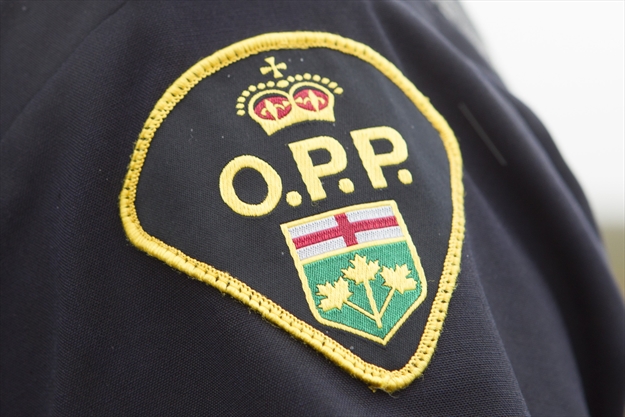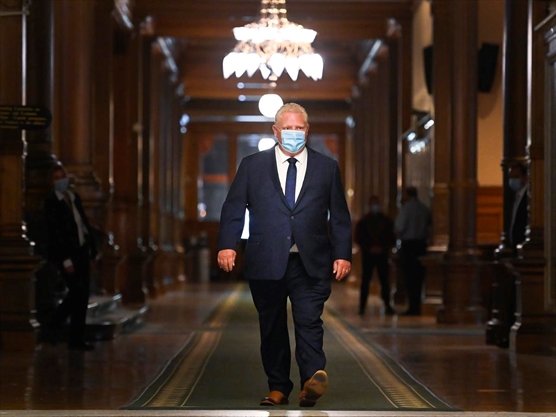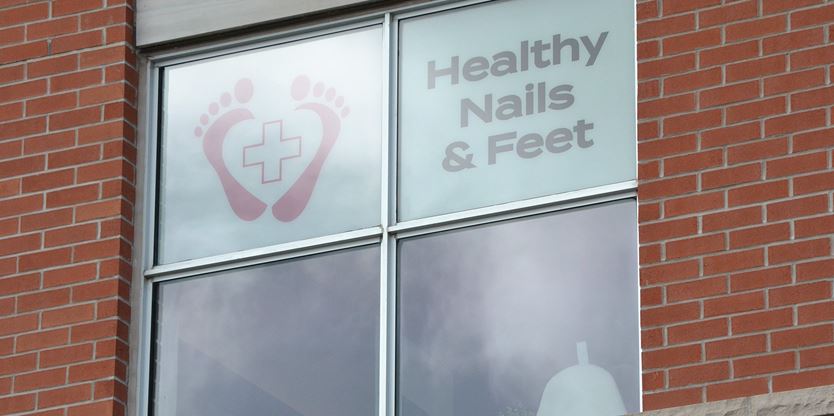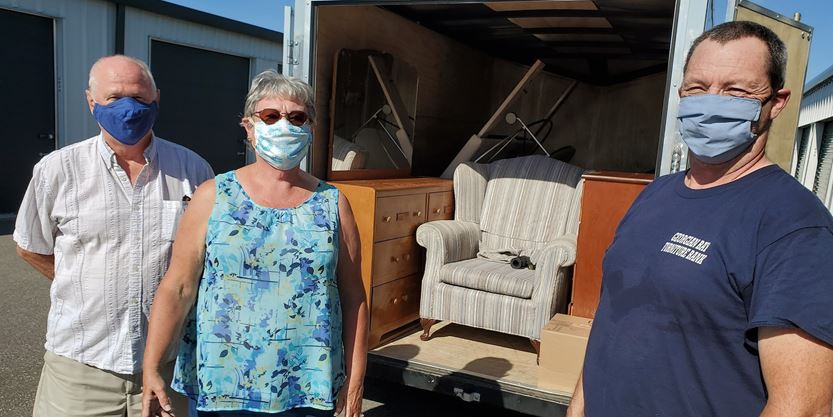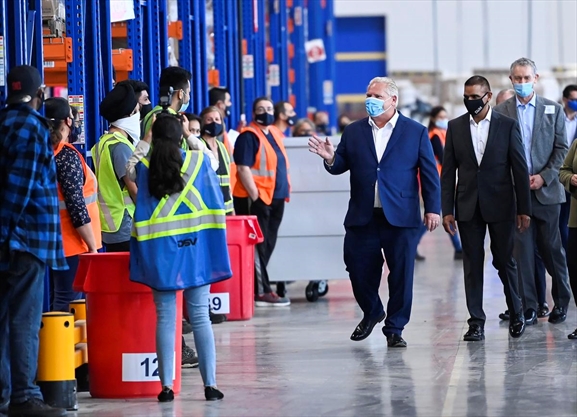Shopping for medical grade masks? Here’s how to avoid the counterfeit trap
Most Canadian consumers have fallen prey to those who hawk knockoff or counterfeit goods. Fortunately, the repercussions of buying a fake Rolex are minor.
Personal protective equipment (PPE) and respirators are another story, and since demand for these items spiked at the start of the COVID-19 pandemic, dubious suppliers have taken advantage of scarcity and consumers’ desperation by selling counterfeit versions. Consumers unfamiliar with the world of medical device regulation can be easy prey.
“I think for Canadians, and for consumers around the world, we haven’t had to think about medical devices and PPE,” said Carmen Francis, a lawyer who specializes in international trade law with Toronto-based McCarthy Tétrault LLP, “so there’s a general lack of familiarity with the spectrum of regulations.”

Ontarians are encouraged by the provincial and federal governments to use non-medical masks in public indoor spaces and when physical distancing is hard to achieve, but for those facing situations where N95 masks are recommended, using an authentic product could mean the difference between health and sickness, or worse.
Here is some advice for avoiding counterfeit N95 and KN95 masks.
Know what you’re looking for
N95 masks filter out at least 95 per cent of airborne particles; that’s where the “95” comes from. KN95 filters are supposed to do the same. The difference is that while N95 filters are the U.S. and Canadian standard for respirator masks, KN95 are the Chinese standard.
All legitimate N95 masks — and some counterfeit ones — will bear the stamp of the National Institute for Occupational Safety and Health (NIOSH). KN95 masks do not.
 Personal protective equipment, including N95 masks and latex gloves, have been in high demand since the pandemic was declared. – Richard Lautens/Torstar file photo
Personal protective equipment, including N95 masks and latex gloves, have been in high demand since the pandemic was declared. – Richard Lautens/Torstar file photo
While Health Canada has approved KN95 masks for use as respirators here, the U.S. Food and Drug Administration (FDA) warns they may not be as effective as N95 masks because most use an ear loop design that makes it harder to achieve a proper fit required for a mask to be effective than the headband design used by authentic N95 masks.
Look for supplier red flags
When shopping for a mask online, Francis said for legal reasons, consumers should stick to dealing with authorized third-party suppliers, rather than trying to import masks directly from an overseas manufacturer.
“As a consumer it’s a licensed activity, importing medical devices,” she said.
Shopping for masks in an online marketplace such as eBay or Amazon can work, Francis said, but presents a greater risk of fraud.
In June, 3M corporation filed a lawsuit against a third-party Amazon seller called KMJ Trading for allegedly selling marked-up, counterfeit N95 masks.
Francis said consumers shopping for masks in an online marketplace should look at the seller’s reviews and sale history to look for red flags and establish how long they’ve been selling PPE and respirators for.
“If they’ve only been selling masks for a couple months or had no prior history selling PPE before the pandemic that is a bit of a red flag,” she said, adding that consumers should buy from sellers who were squarely situated within the PPE market before the onset of the pandemic. She also advised against purchasing PPE and respirators from suppliers who also sell goods that are not at all related to PPE.
Visually inspect masks
Whether shopping for masks online or in person, consumers should do their best to look for signs of authenticity — or fraudulence — on masks and packaging before making a purchase.
Francis said one of the first things to look for on an N95 mask is the NIOSH logo.
“If the packaging bears NIOSH approval markings that’s a helpful sign,” she said. “We have seen instances where counterfeit goods are also using those same NIOSH claims, so you have to do some digging beyond that.”
Health Canada says genuine N95 respirators should also contain a testing and certification (TC) approval number, which is set by NIOSH, a model number and the name of the manufacturer. The government agency advises consumers to look at product markings such as the name of the manufacturer for obvious signs the product is counterfeit, such as spelling mistakes.
If a mask or mask packing is also stamped with a medical device establishment number (MDEL) or a licence number, you should be able to search for it in a NIOSH or Health Canada database to confirm that the product is genuine.
Search official databases
Because some fraudulent suppliers have been accused of selling counterfeit masks with falsified approval markings, like the NIOSH stamp of approval, Francis said consumers should ensure respirators are the real deal by cross referencing them with official databases in Canada and the U.S.
“There are some diligence steps we would recommend,” she said. “The U.S. NIOSH does maintain a database … likewise Health Canada maintains a daily list of authorized medical devices that can be used for COVID-approved purposes.”
Consumers can search for approved N95 and KN95 masks in Health Canada’s using the manufacturer name.
Health Canada also keeps a because they are either counterfeit or do not meet the 95 per cent filtration rate requirement.
Although KN95 and other internationally equivalent masks are not approved by NIOSH and won’t bear a NIOSH stamp, the U.S. National Personal Protective Technology Laboratory (NPPTL) has assessed the filtration rates of nearly 400 KN95 masks.
You can see which masks achieved the minimum 95 per cent filtration rate and which didn’t on the . The same page also includes a table of KN95 masks manufacturers that are known to have been counterfeited.
